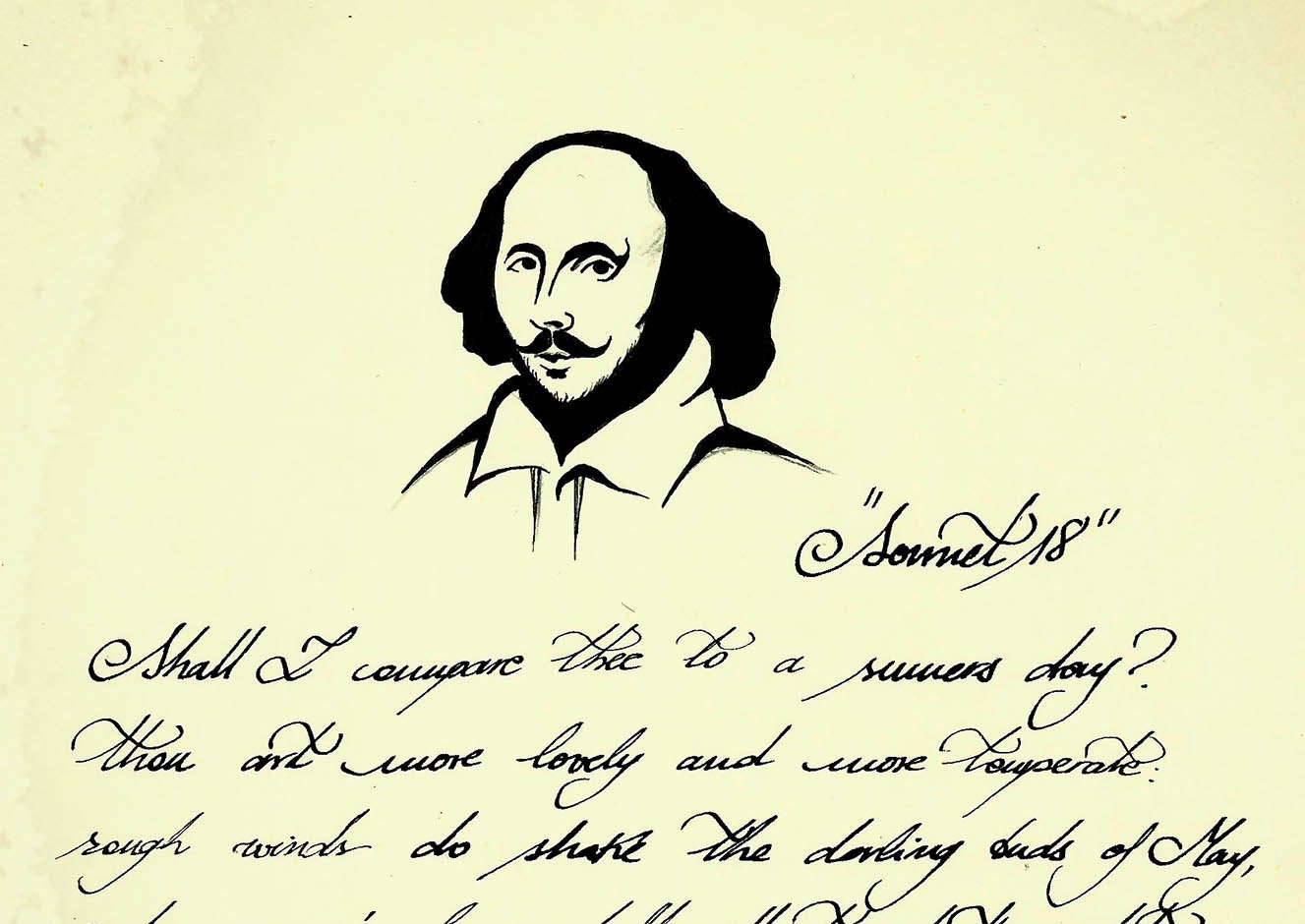

Katherine Duncan-Jones and others have, in recent years, argued authorial intent for this alleged “printer’s error.” Duncan-Jones suggests that the open parentheses may signify the poet and the fair youth’s “failure to couple,” while John Lennard sees in them “the silence of the grave.” I hope to demonstrate that, by thinking in visual terms, we might one day be able to unlock the story behind the most enigmatic verse sequence in English poetry. The most striking visual effect occurs in Sonnet 126, the last of the “fair youth” sonnets, which consists of six rhymed couplets followed by two empty sets of brackets. I shall be pursuing these analogies in my paper. He talked about true love only, the words True Mind in his sonnet represents that he is talking about truth, not about the physical elements of love Download.

The sonnet form is roughly the poetic equivalent to the portrait miniature (a fad of the day) in art. One might even see in the poems, as did Lady Mary Worth and John Donne in their “crowns” of sonnets, the links in a chain, or necklace. The sonnet form itself is emblematic of a number of familiar referents, including an escutcheon, a “glass” (mirror), a leaf, and a seal. They may be less aware, especially if they are unfamiliar with the original 1609 Quarto edition, that the poems may have been arranged to have a visual impact as well. Students of the sonnets are no doubt aware that they abound in wordplay that rewards multiple readings.


 0 kommentar(er)
0 kommentar(er)
